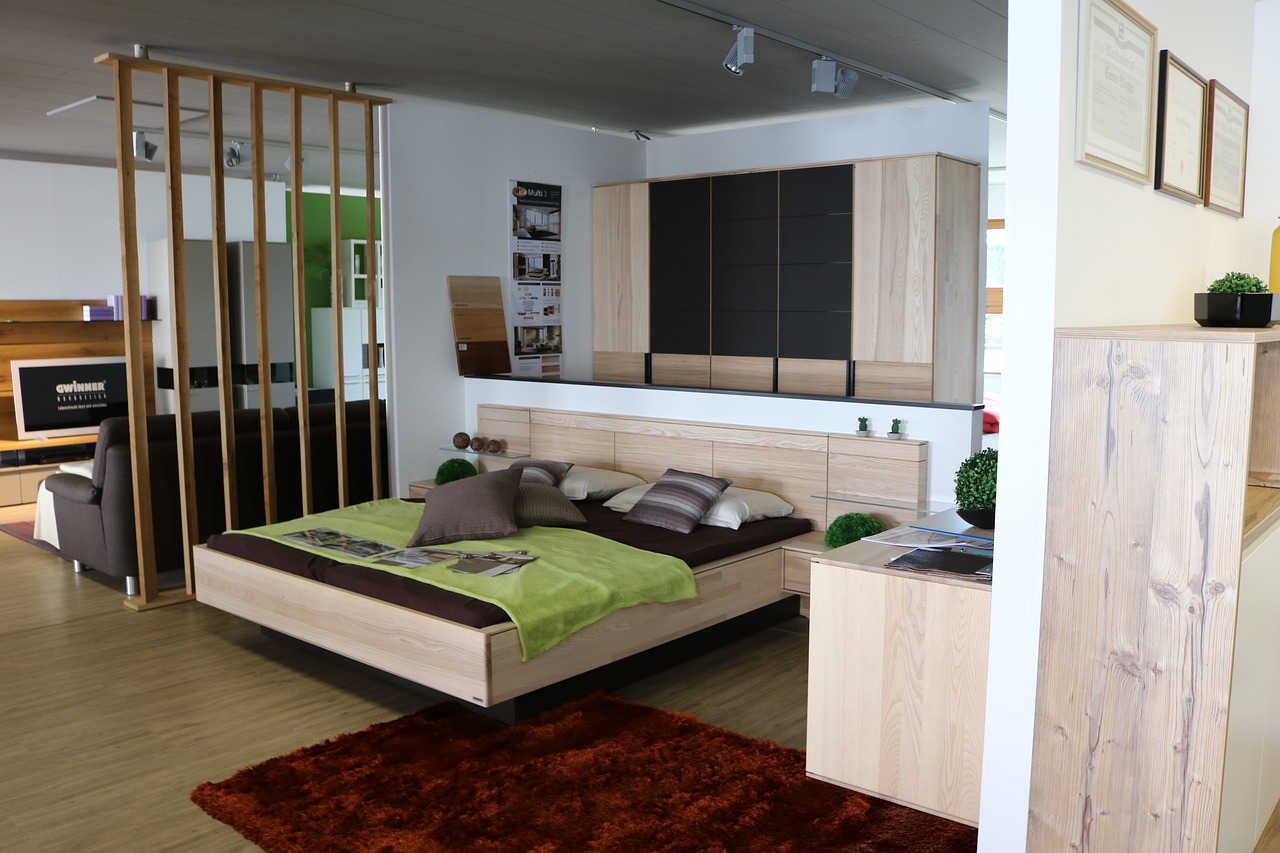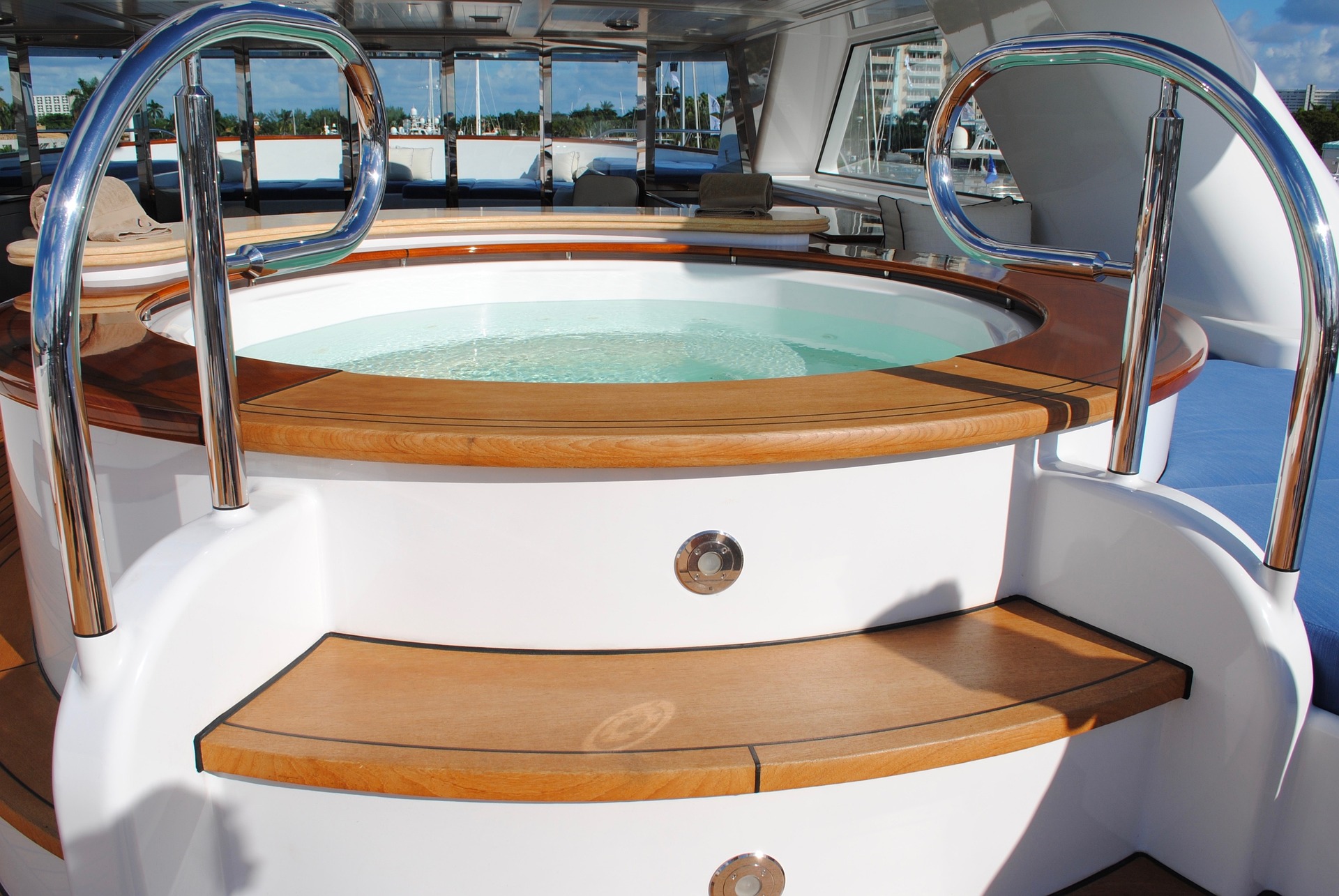Finding the Perfect 1 Bedroom Apartment: A Comprehensive Guide
Renting a 1 bedroom apartment can be an exciting yet challenging process. From budgeting to decorating, there are numerous factors to consider when searching for your ideal living space. This guide will explore the key aspects of choosing, touring, and settling into a 1 bedroom apartment that meets your needs and lifestyle.

How can you choose a 1 bedroom apartment within your budget?
Selecting a 1 bedroom apartment that aligns with your financial situation requires careful planning. Start by determining your monthly income and creating a realistic budget. A common rule of thumb is to allocate no more than 30% of your gross income towards rent. Consider additional expenses such as utilities, parking, and amenities when calculating your total housing costs.
Research average rent prices in your desired neighborhoods to get a sense of what to expect. Online rental platforms and local real estate agents can provide valuable insights into current market rates. Don’t forget to factor in the cost of living in different areas, as this can significantly impact your overall budget.
What should be on your checklist when touring a 1 bedroom apartment?
When visiting potential apartments, it’s essential to have a comprehensive checklist to ensure you don’t overlook any crucial details. Here are some key items to include:
-
Overall condition: Check for signs of wear and tear, water damage, or pest infestation.
-
Appliances: Verify that all included appliances are in working order.
-
Lighting and electrical outlets: Test light switches and ensure there are sufficient outlets.
-
Plumbing: Check water pressure and look for any leaks.
-
Storage space: Assess closet and cabinet space for your belongings.
-
Noise levels: Visit at different times of day to gauge noise from neighbors or nearby streets.
-
Safety features: Look for smoke detectors, carbon monoxide detectors, and secure locks.
-
Natural light: Observe the amount of sunlight the apartment receives.
-
Cell phone reception: Check your phone signal strength throughout the unit.
-
Parking options: Inquire about designated parking spaces or street parking availability.
What are the typical costs associated with renting a 1 bedroom apartment?
Understanding the full financial picture of renting a 1 bedroom apartment goes beyond just the monthly rent. Here’s a breakdown of common expenses:
-
Rent: The primary monthly cost, which varies by location and property features.
-
Security deposit: Usually equivalent to one month’s rent, refundable upon move-out if the apartment is in good condition.
-
Utilities: May include electricity, gas, water, sewage, and trash removal. Some landlords include certain utilities in the rent.
-
Internet and cable: Often the tenant’s responsibility to set up and pay for these services.
-
Renter’s insurance: A relatively inexpensive way to protect your belongings and liability.
-
Parking fees: Some buildings charge extra for designated parking spots.
-
Pet rent or deposit: If you have pets, there may be additional monthly fees or a one-time deposit.
-
Amenity fees: Some complexes charge for access to gyms, pools, or other shared facilities.
| Expense | Typical Cost Range | Notes |
|---|---|---|
| Rent | $800 - $3,000+ | Varies greatly by location and property type |
| Security Deposit | Equal to one month’s rent | Usually refundable |
| Utilities | $100 - $200 per month | Depends on usage and included services |
| Internet/Cable | $50 - $150 per month | Varies by provider and package |
| Renter’s Insurance | $15 - $30 per month | Depends on coverage and location |
| Parking | $0 - $300 per month | Free in some areas, costly in urban centers |
| Pet Fees | $25 - $100 per month | If applicable |
Prices, rates, or cost estimates mentioned in this article are based on the latest available information but may change over time. Independent research is advised before making financial decisions.
What are the pros and cons of living in a 1 bedroom apartment?
Living in a 1 bedroom apartment offers several advantages and disadvantages:
Pros:
-
Lower rent compared to larger apartments
-
Easier to clean and maintain
-
Cozier, more intimate living space
-
Lower utility costs
-
Often located in desirable urban areas
Cons:
-
Limited space for storage and entertaining
-
Potential for feeling cramped
-
Less flexibility for lifestyle changes (e.g., working from home or having a guest stay over)
-
May outgrow the space quickly if life circumstances change
How can you maximize space in a 1 bedroom apartment?
Making the most of your 1 bedroom apartment’s limited square footage requires creativity and smart design choices. Here are some tips for optimizing your space:
-
Use multi-functional furniture: Opt for pieces that serve multiple purposes, such as a storage ottoman or a Murphy bed.
-
Utilize vertical space: Install shelves or use tall bookcases to take advantage of wall space.
-
Invest in space-saving solutions: Use over-the-door organizers, under-bed storage containers, and closet systems to maximize storage.
-
Choose a light color palette: Lighter colors can make a space feel larger and brighter.
-
Use mirrors strategically: Mirrors can create the illusion of more space and reflect light.
-
Declutter regularly: Maintain a minimalist approach to prevent overcrowding.
-
Consider room dividers: Use curtains or folding screens to create separate areas within the living space.
-
Optimize lighting: Use a mix of ambient, task, and accent lighting to create depth and atmosphere.
By following these guidelines and considering your personal needs and preferences, you can find and create a comfortable home in a 1 bedroom apartment that suits your lifestyle and budget.




